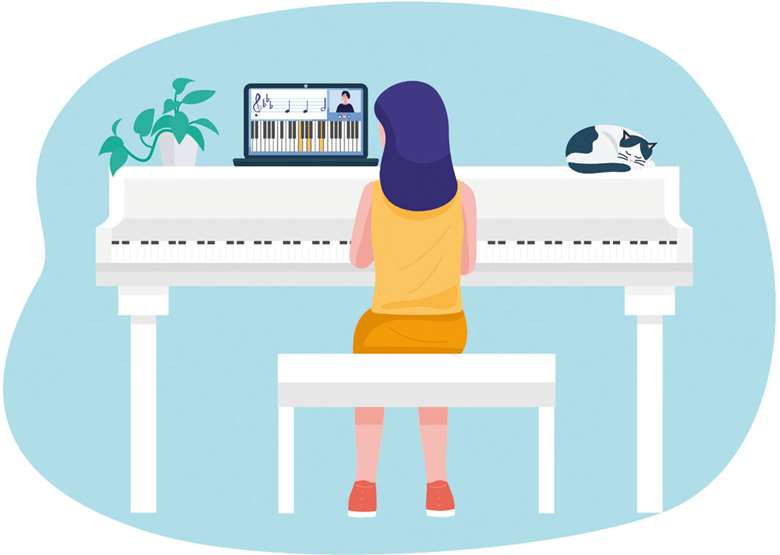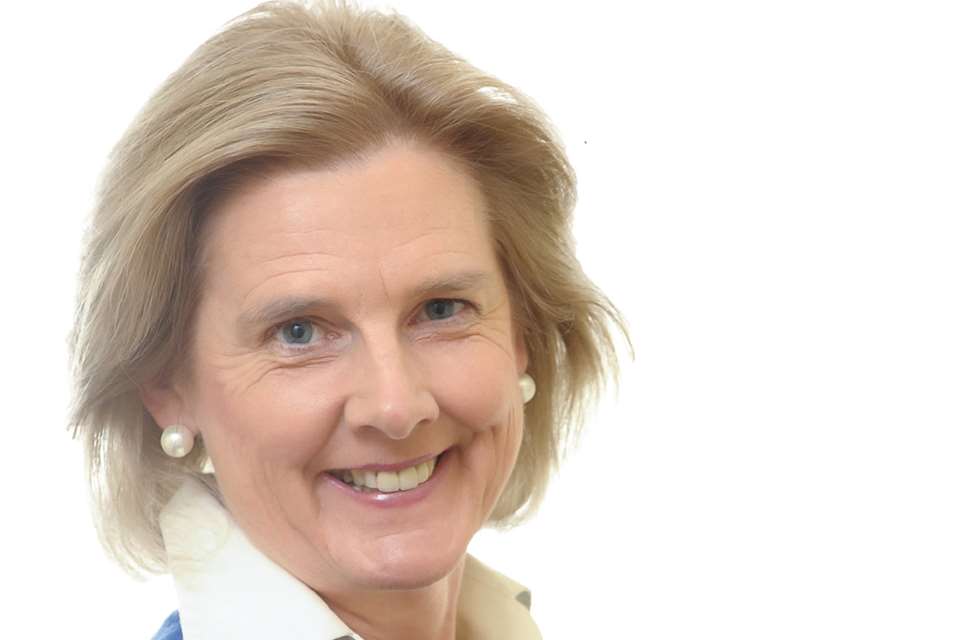ISM Column: What's the damage?
Alix Naylor
Sunday, August 1, 2021
Breaking down the movements in music educators over the past year, statistician Alix Naylor of Naylor Research Partnership provides an overview of the results from the Incorporated Society of Musicians' annual fees survey.

Rex and Pan/AdobeStock
This year's survey of teaching, examining and accompanying rates was open from 6 November 2020 until 10 January 2021, during which time 383 completed responses were collected. This number is lower than the previous year and may in itself be indicative of the prevailing situation, suggesting far fewer people were involved in music teaching at that time. It is possible that many teachers who normally work in schools – either as employees or visiting teachers – were furloughed or not re-employed yet in the current school year, and this may have impacted the response rate.
Private teaching
A positive finding from the survey was that many private music teachers were able to continue teaching during the past year when in-person teaching was not possible. Close to 90 per cent of the sample had been able to provide lessons online during the first lockdown and the same proportion continued remote teaching after September. Additionally, 71 per cent of the sample had provided in-person lessons since September.
Most (88 per cent) charged the same rate for lessons provided online or in person. There was just a slight drop of £1 in the median rate for remote teaching compared with face-to-face. Many teachers commented on being pleasantly surprised by the experience of giving tuition to pupils online, although there were sometimes issues such as limited space, internet reliability, and lack of equipment.
Many respondents did not report a rate increase for private lessons this year. Comments suggested this was due to the pandemic, though there had actually been no increase in the median for the previous two years. Perhaps surprisingly, this year did see a slight increase of £1 in the median hourly rate across the sample, taking it to £33. However, when we look at the data by region, median increases are restricted to the south-east of England, north-east of England and the West Midlands, with all other regions remaining the same except for decreases in the south-west and east of England.
Teachers employed in schools
Across the sample, only about a quarter had been employed in schools since September. This was less than in 2019, but not unexpected. The proportion of these teaching at independent schools was about 10 per cent higher than in 2019, which could be due to these schools having more resources for safe teaching.
What will be important to monitor in the long term is the reduction in student numbers, with over half of employed teachers losing pupils since the previous school year. Comments again suggest the reduction is due to the pandemic, with pupils being concerned about starting a new instrument, or restrictions meaning certain instruments cannot be taught. Additionally, some teachers mentioned many pupils not wanting or not being able to participate in lessons online, and not continuing with lessons once schools reopened.
As with private lessons, hourly rates slightly increased on 2019, although the median remains at £30. Rates paid at independent schools were significantly higher than those at state schools or music hubs, an average of £5/hour more. Although samples across regions of the UK were too small to make statistical comparisons, rates were once again considerably higher in London. Only 23 per cent of teachers had received a pay rise this September compared to 42 per cent in 2019.
Self-employed VMTs
Thirty per cent of the sample indicated that they had done some work in this area, down 9 per cent on the previous year – 23 teachers indicated that they normally would work as a visiting music teacher but hadn't since September due to the pandemic.
Median rates were again slightly higher than in 2019, at £34/hour, with a large difference between independent schools (£40.50) and state schools (£31). Due to the current situation, visiting teachers were asked if they had done any remote teaching instead of or as well as in-person lessons. A quarter had done so, and the vast majority (97 per cent) were paid the same rate for remote and in-person teaching.
Interestingly, compared to employed teachers (who were relatively evenly distributed across the UK), nearly half of visiting teachers were working in London or the south-east of England. This may be part of the reason why rates were significantly higher for self-employed teachers compared to employees – location being more important than contract status.
Like employed teachers, only 21 per cent received a pay rise in September – down from 41 per cent in the previous year – and a large proportion (62 per cent) had lost pupils since September 2019. Again, the pandemic was usually stated as the reason for the decrease in pupils, with respondents mentioning parents having less disposable income for lessons, school closures, pupils not wanting to learn online, and teachers needing extra time between pupils to clean equipment.
For more information on the survey and to read the full report visit ism.org/fees-survey-2021.





